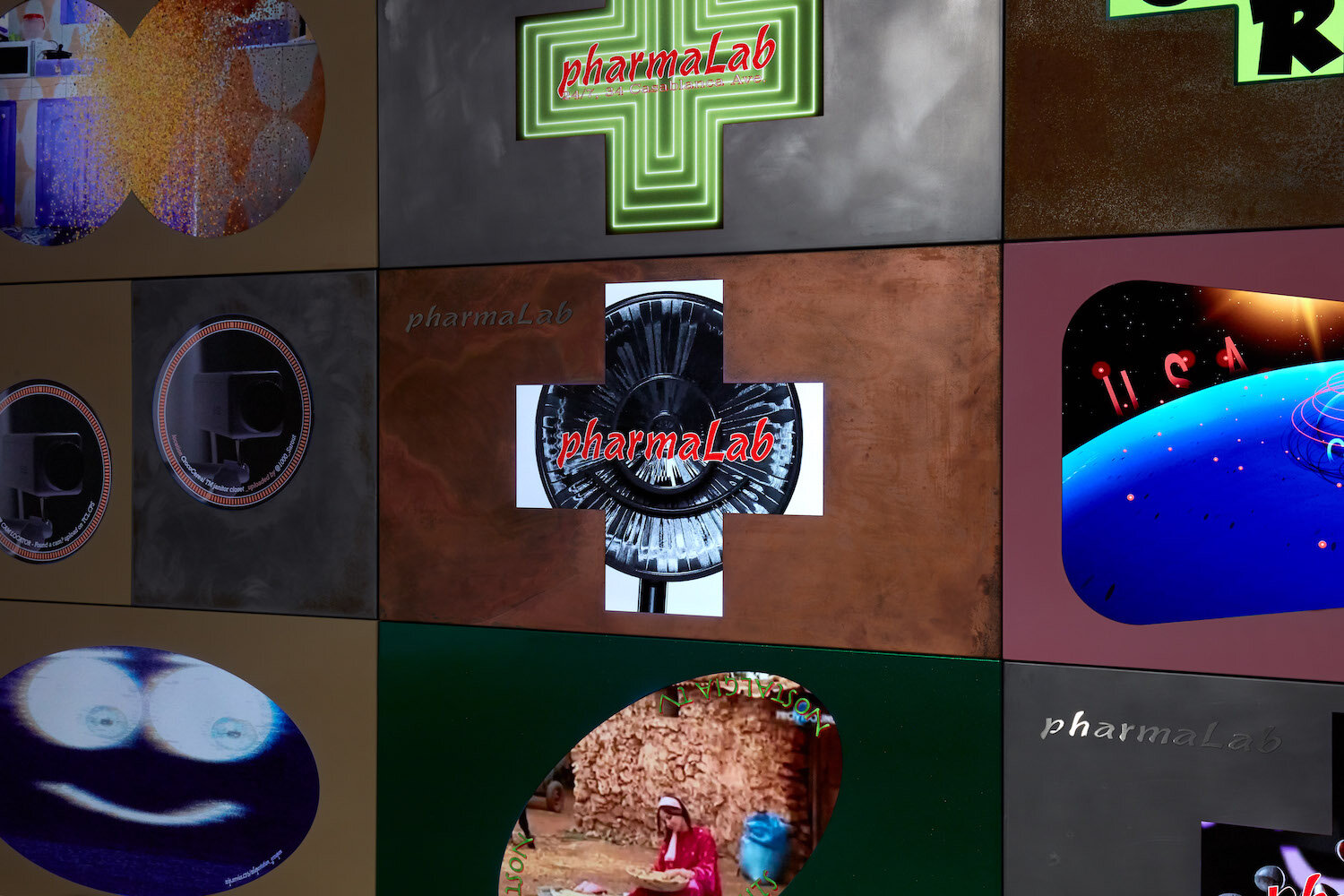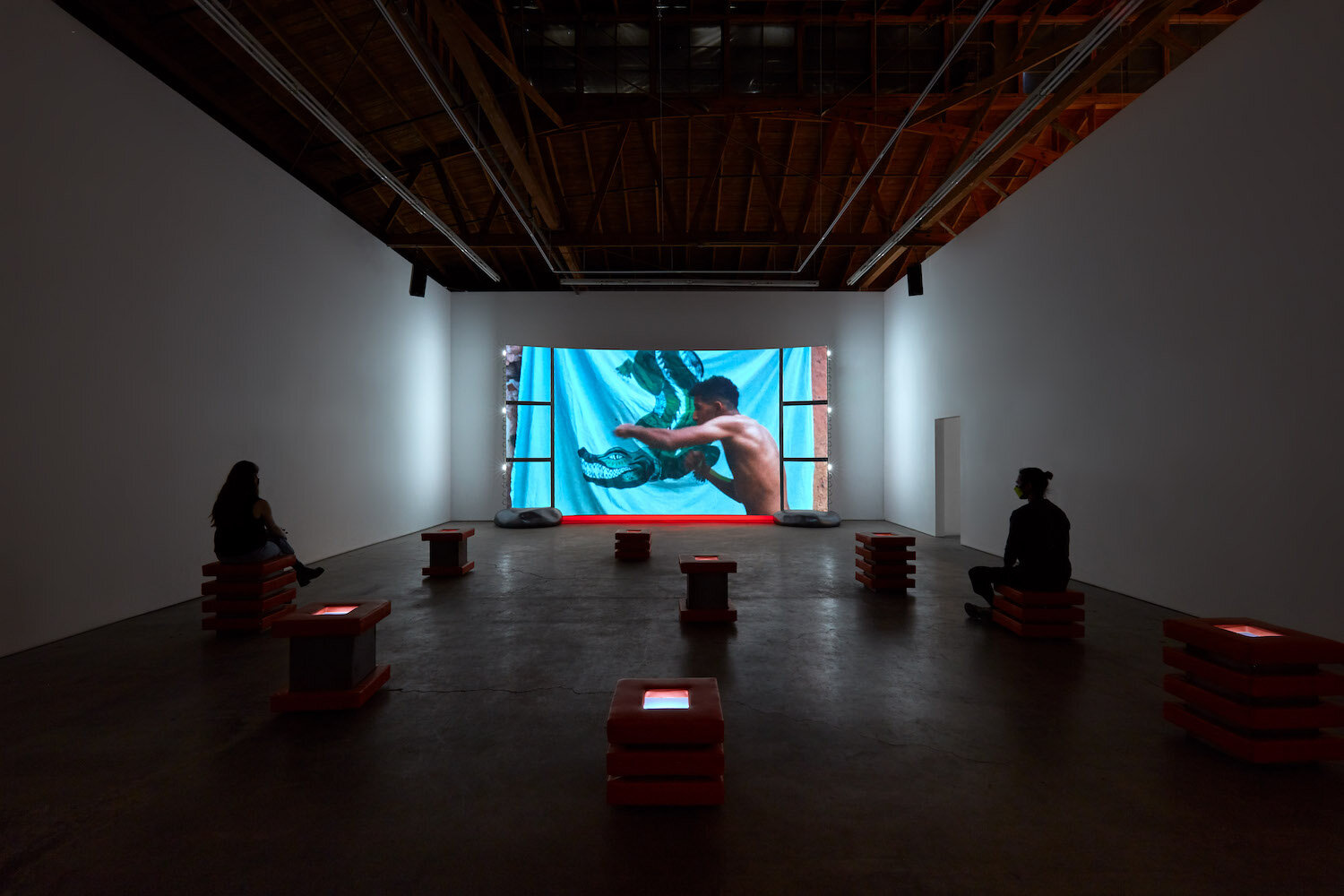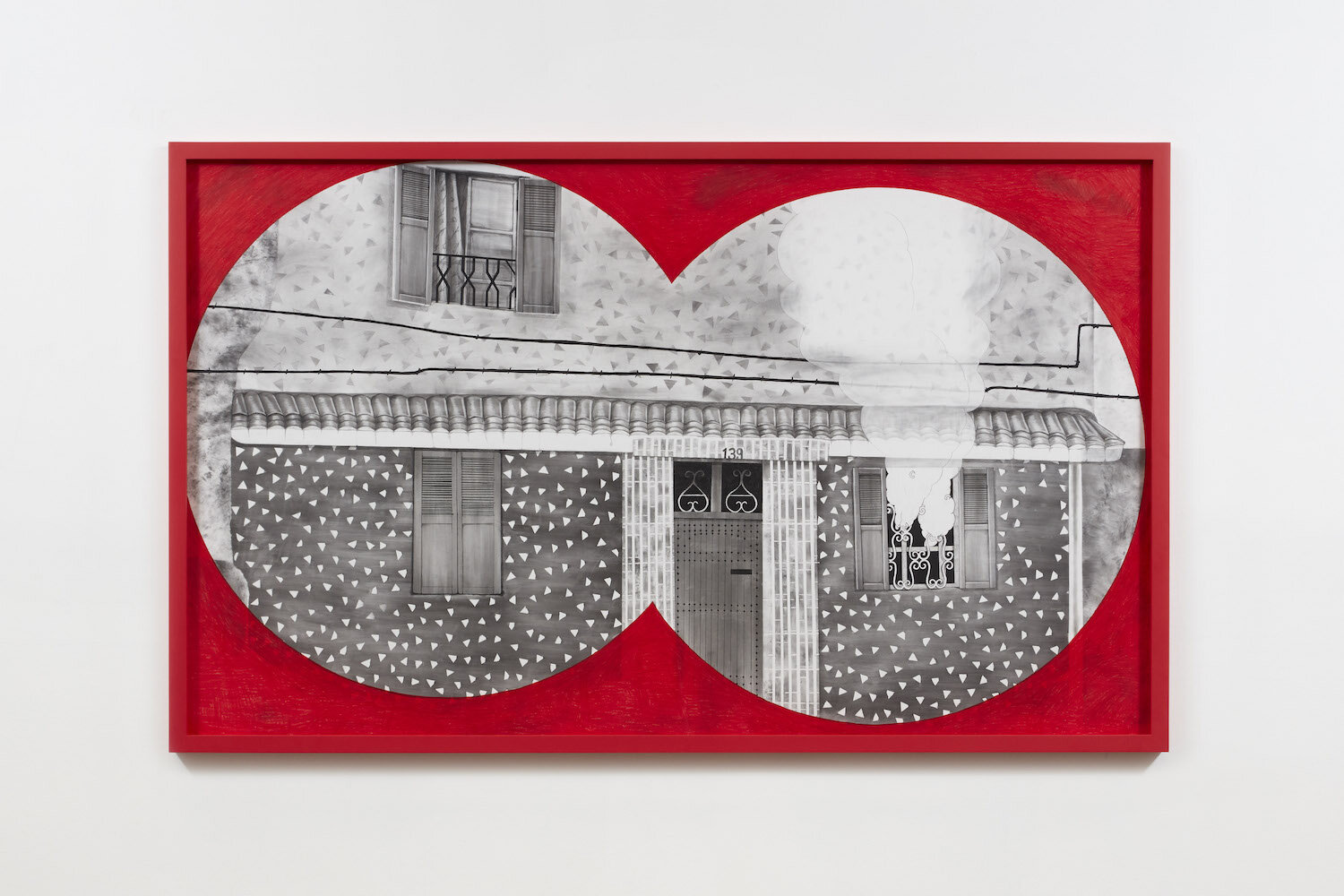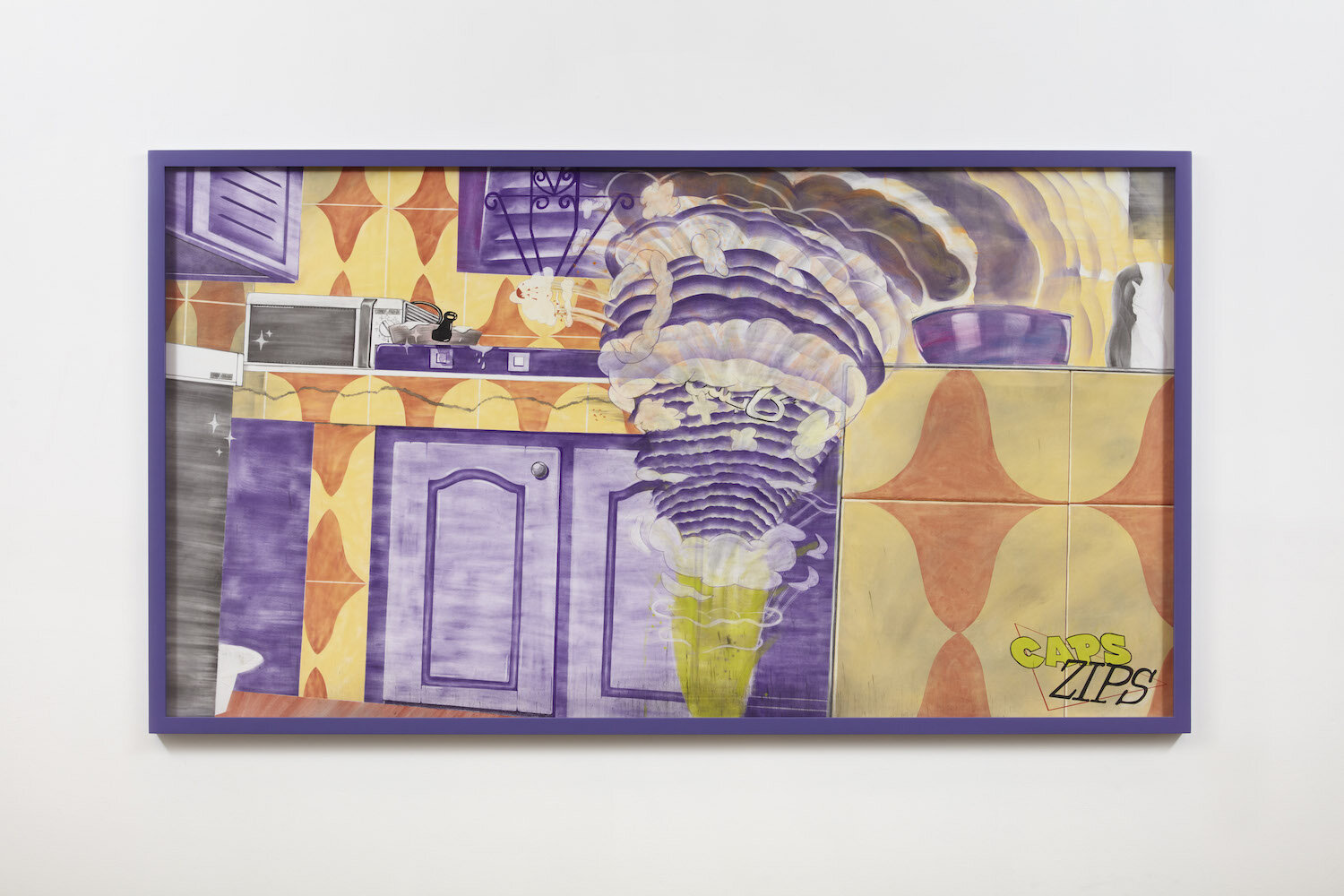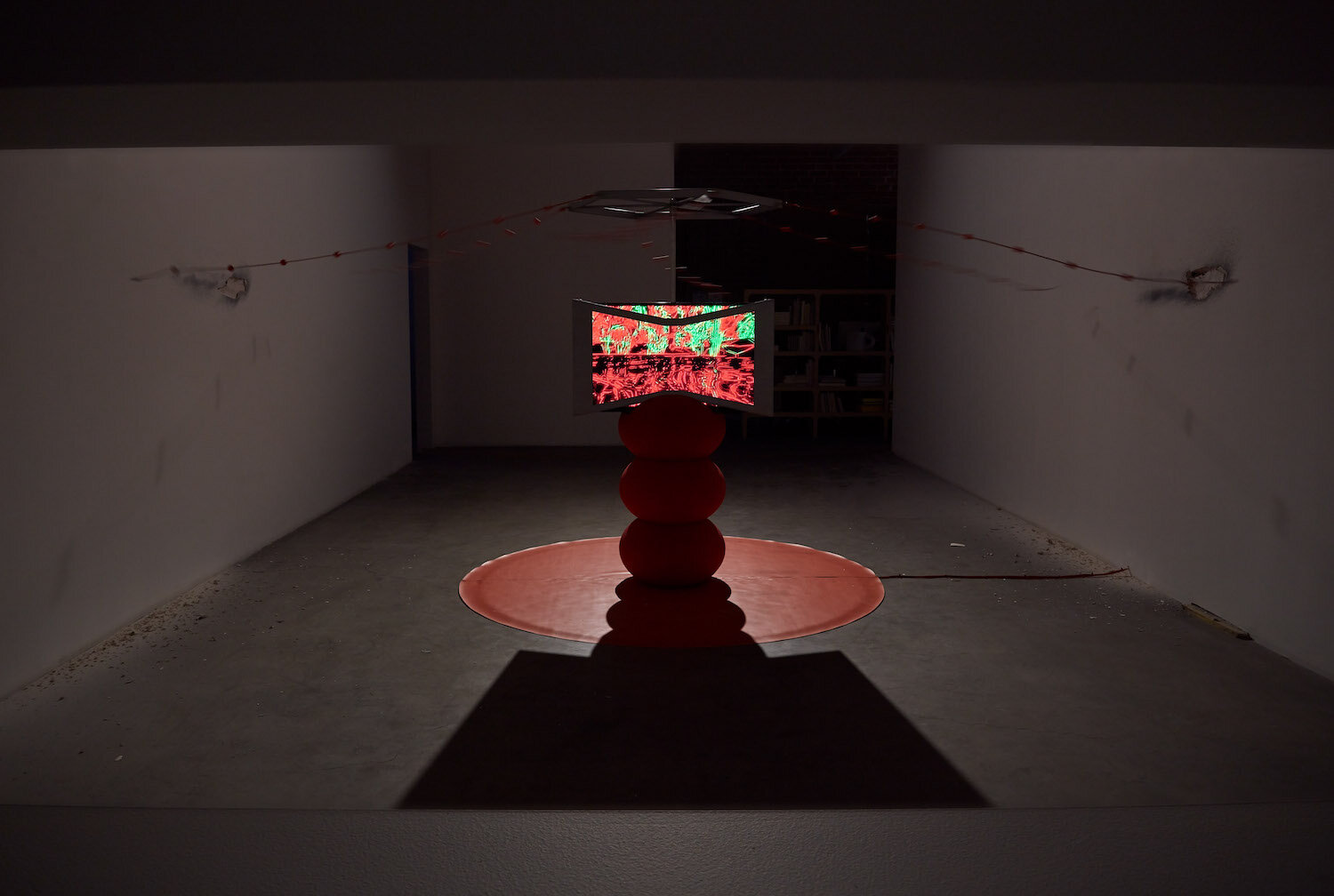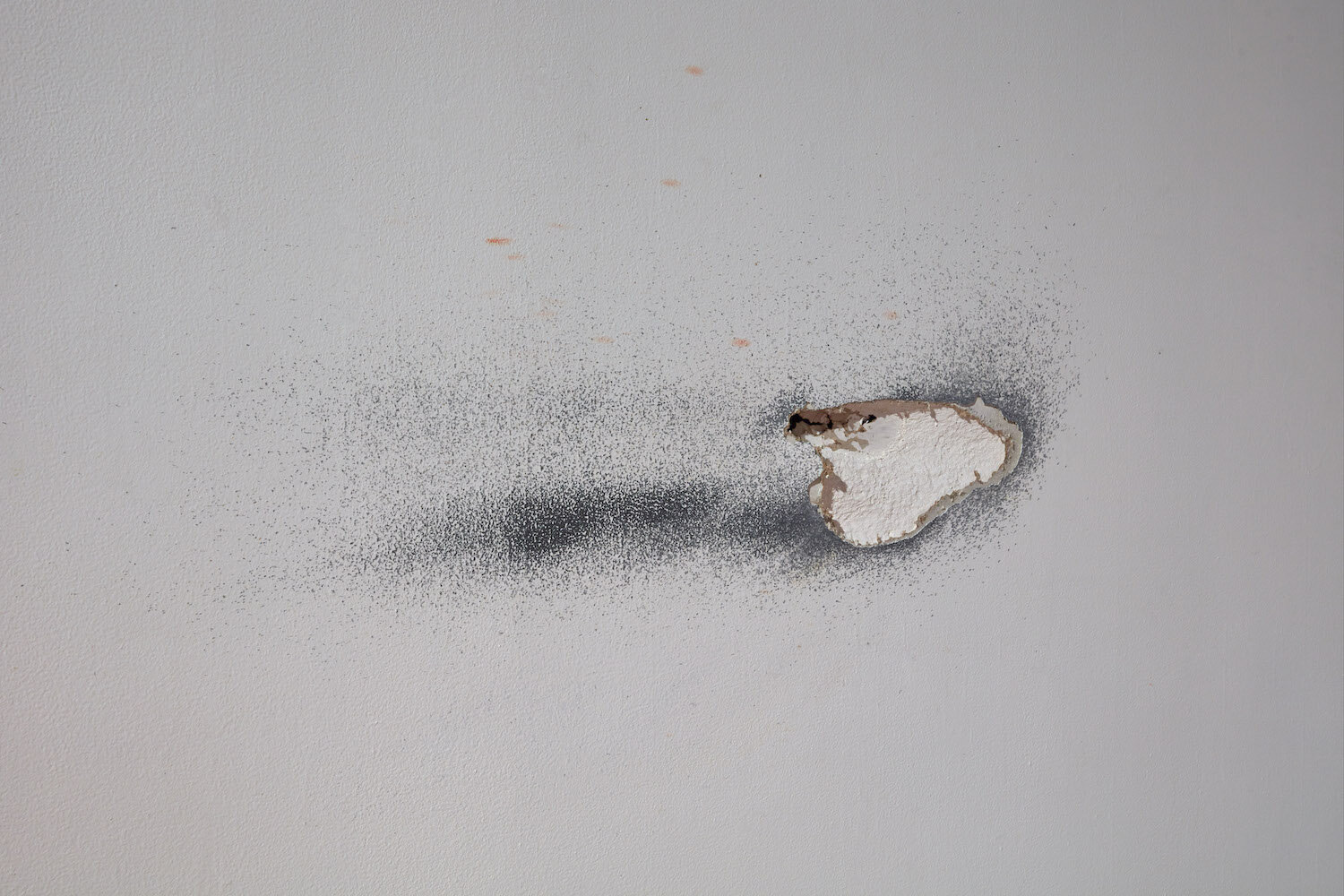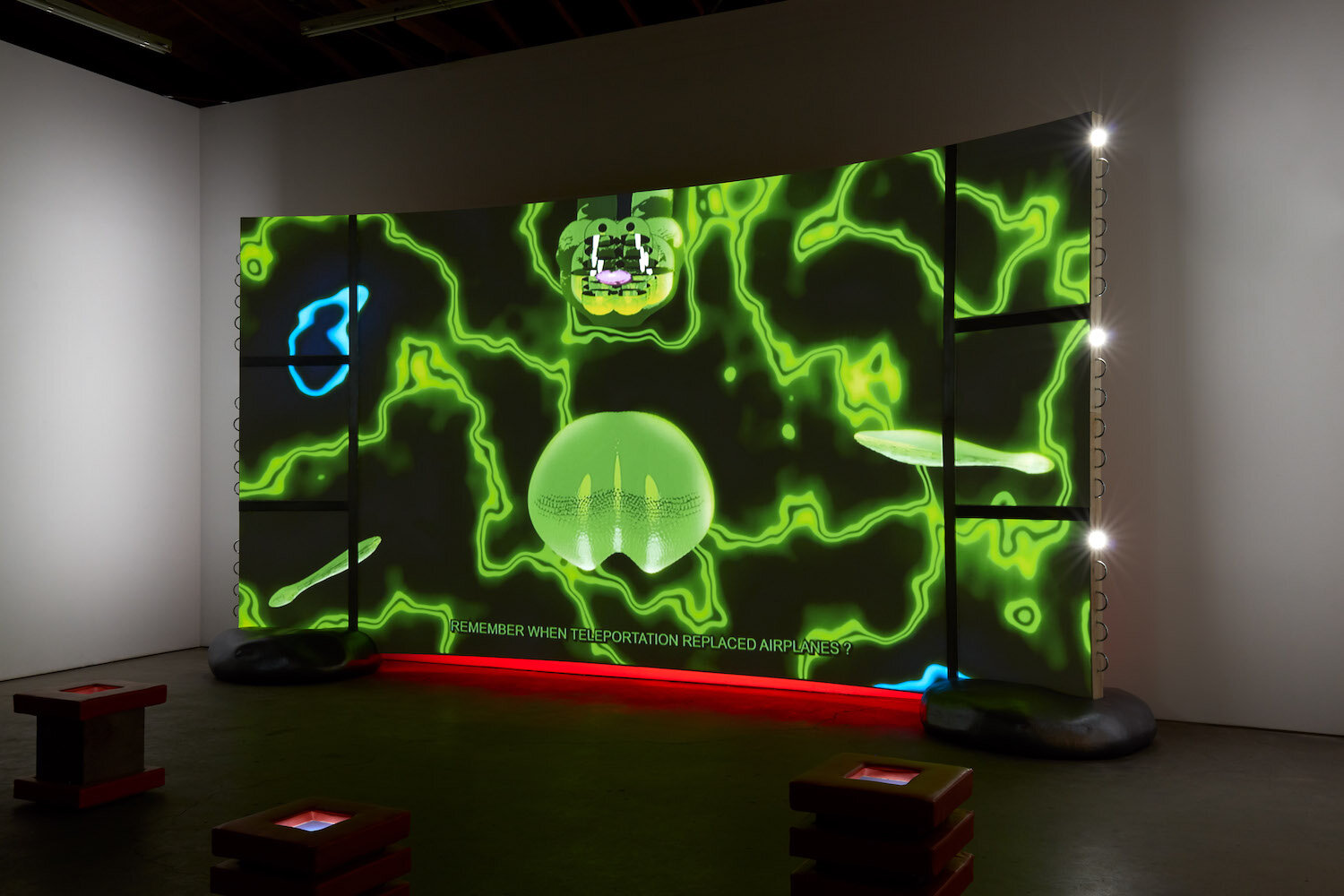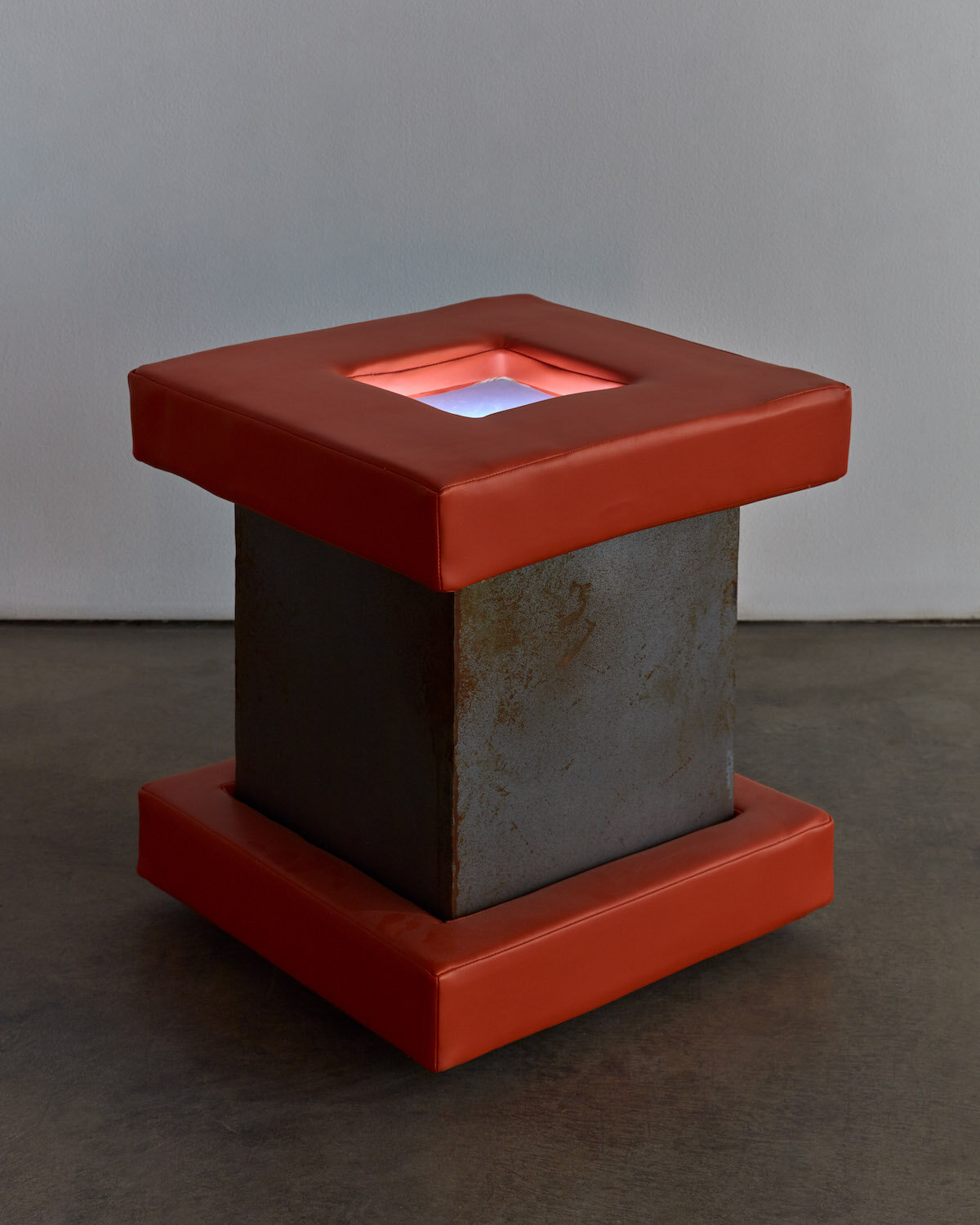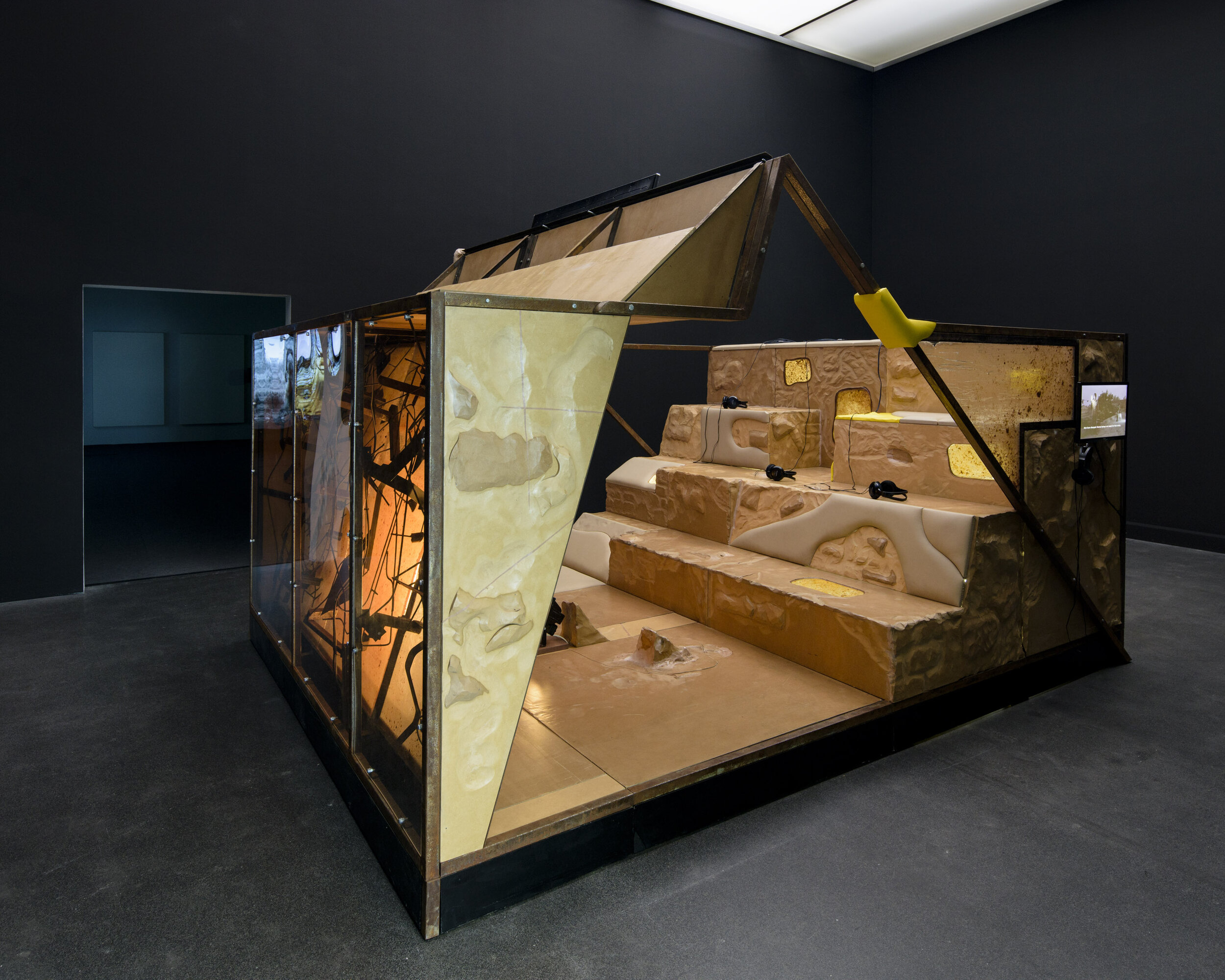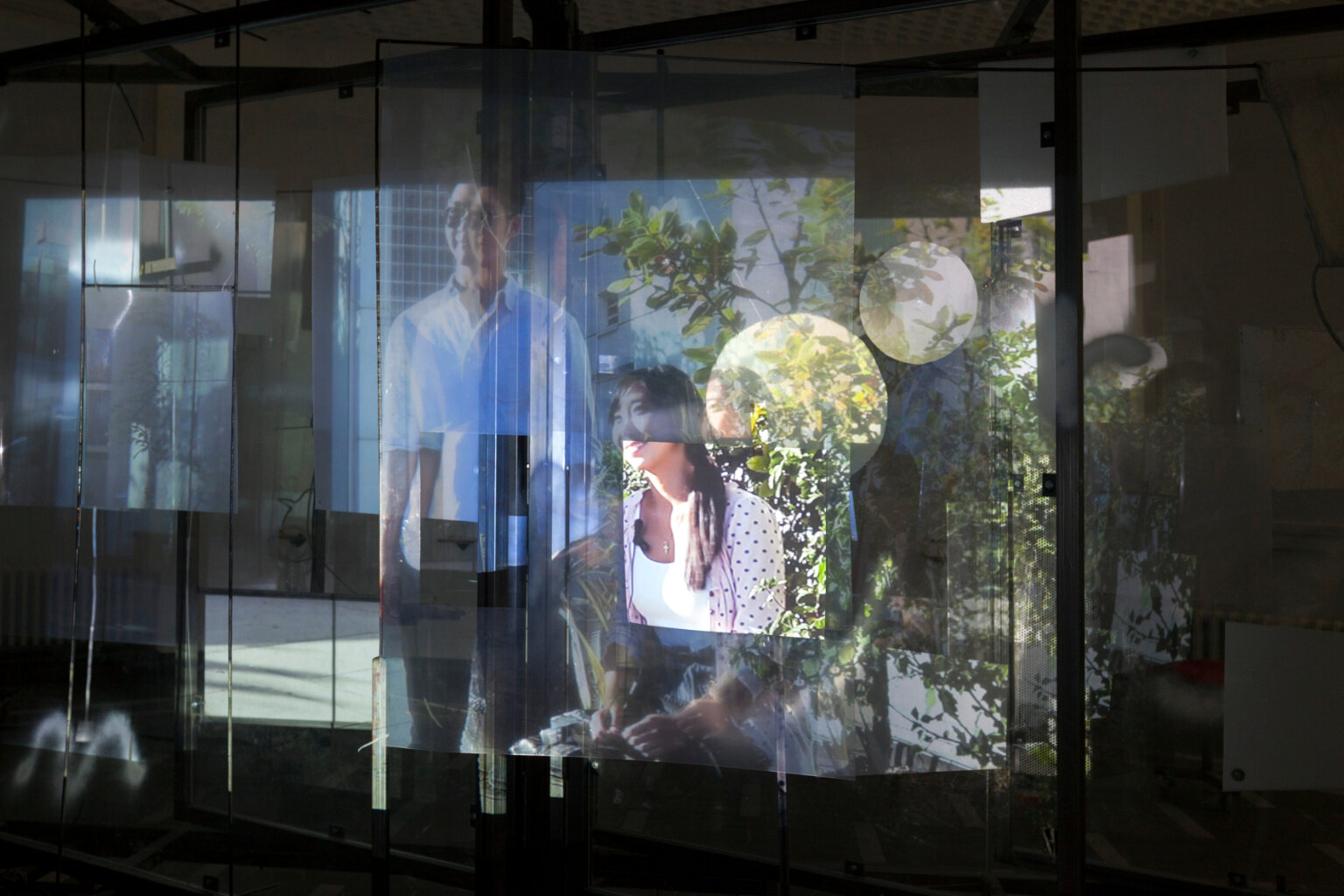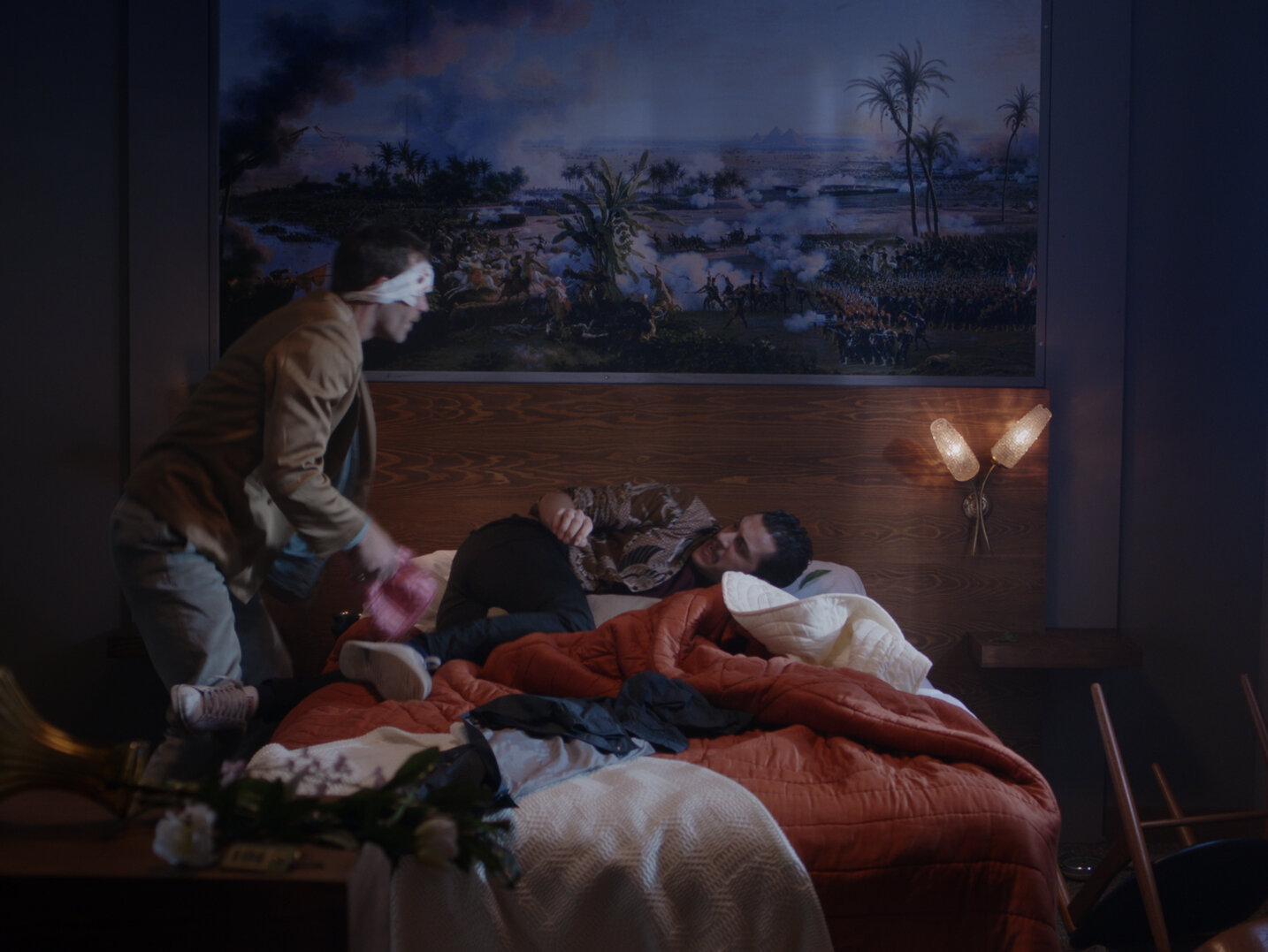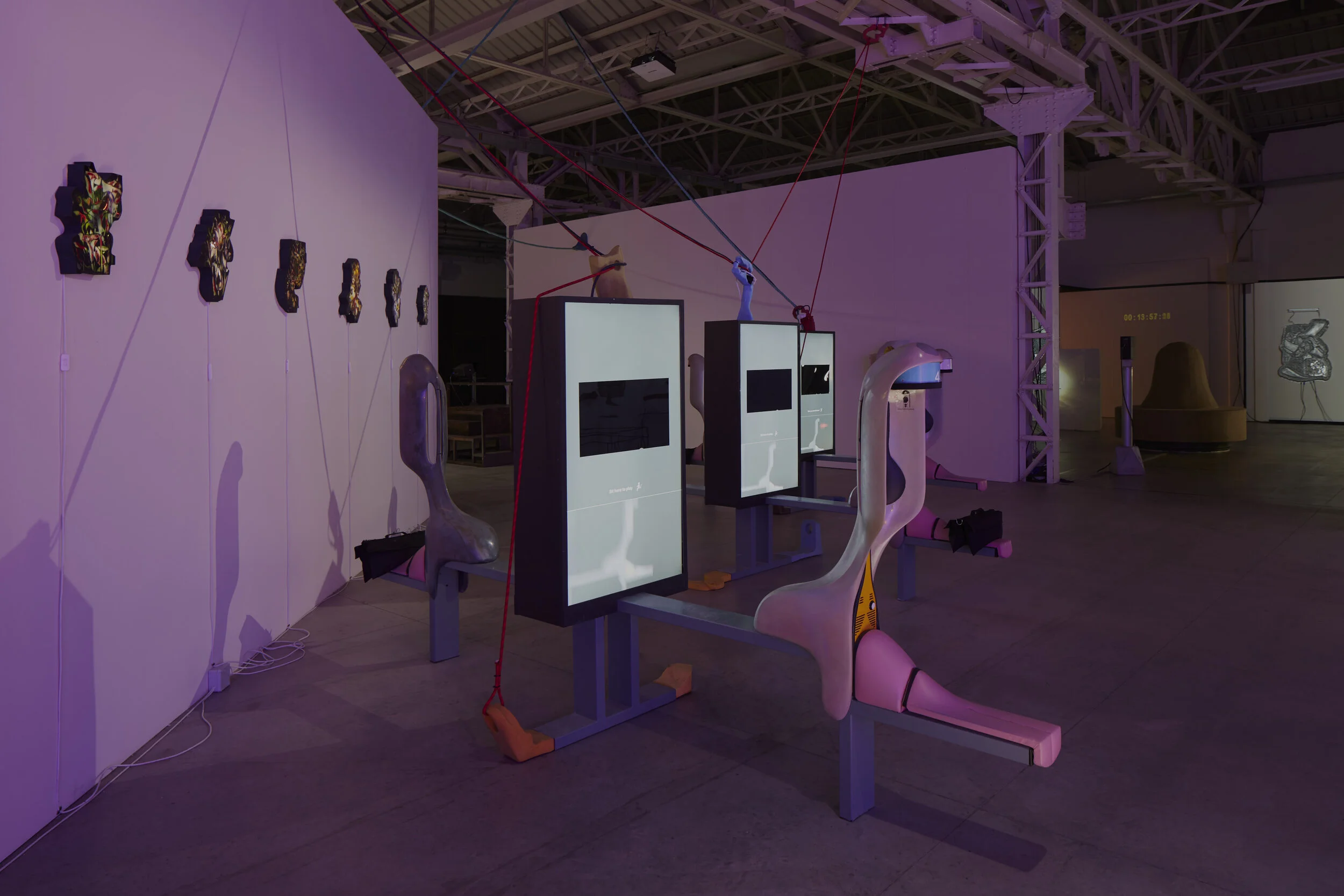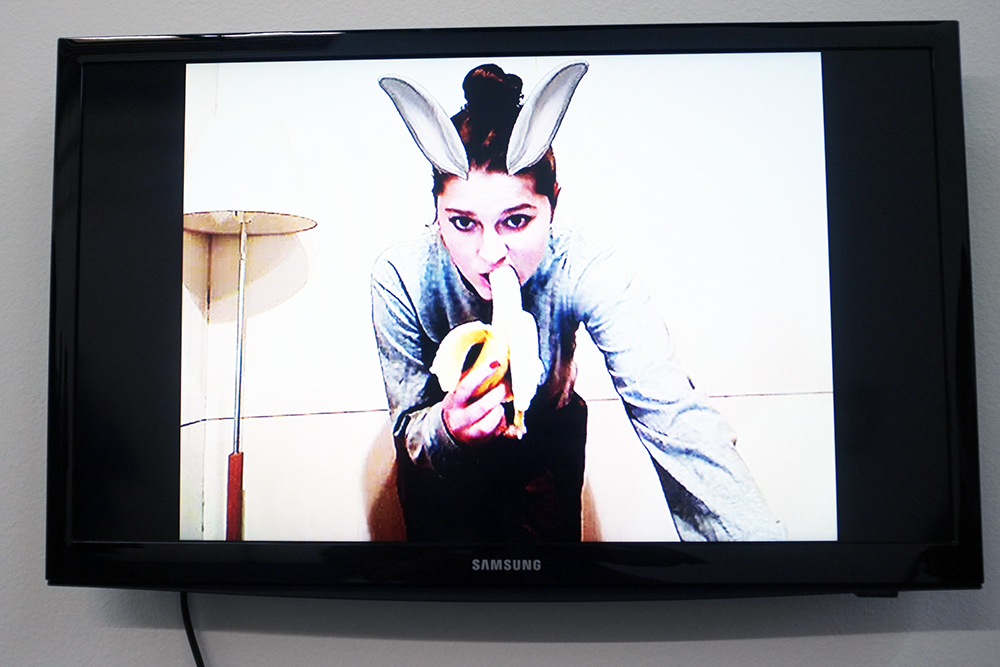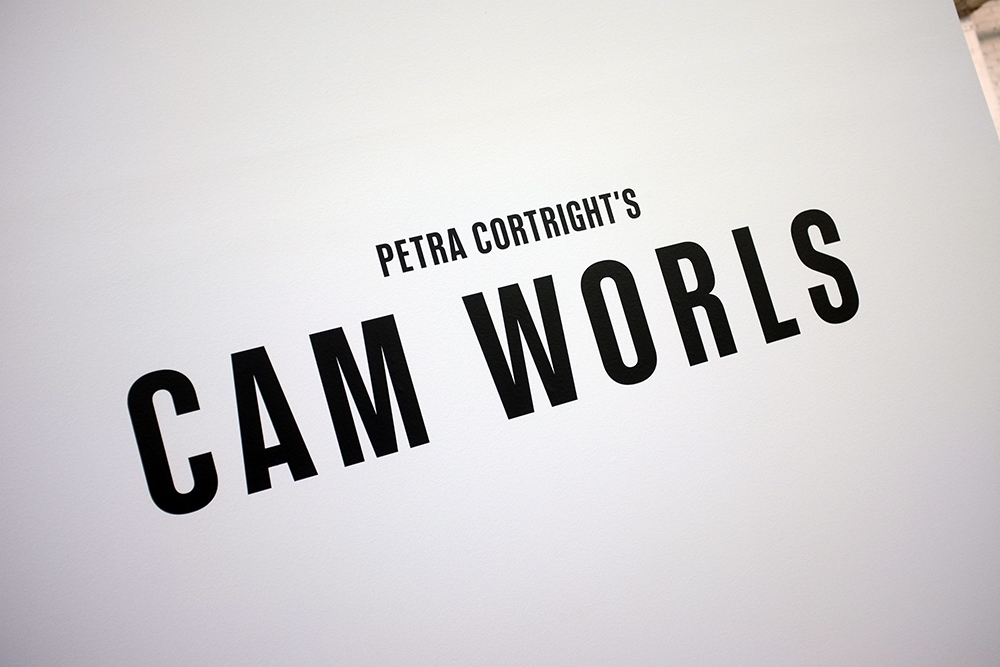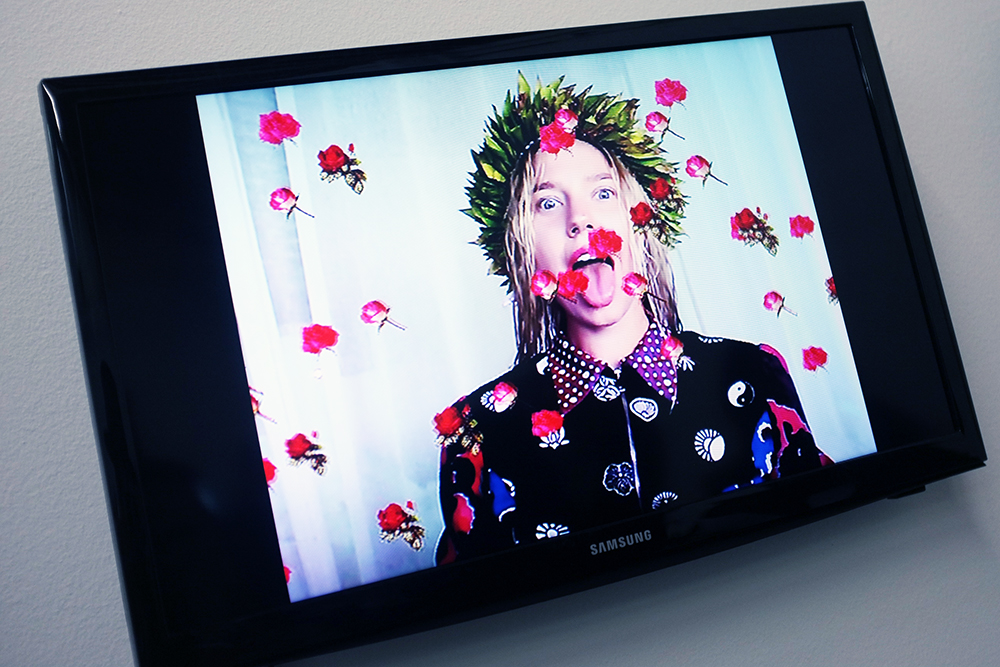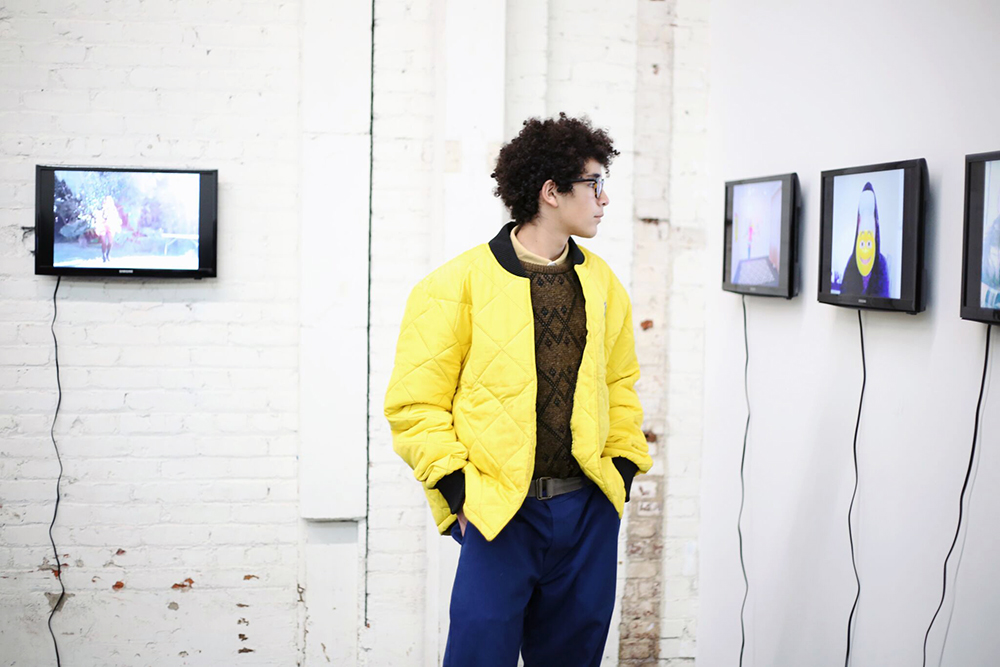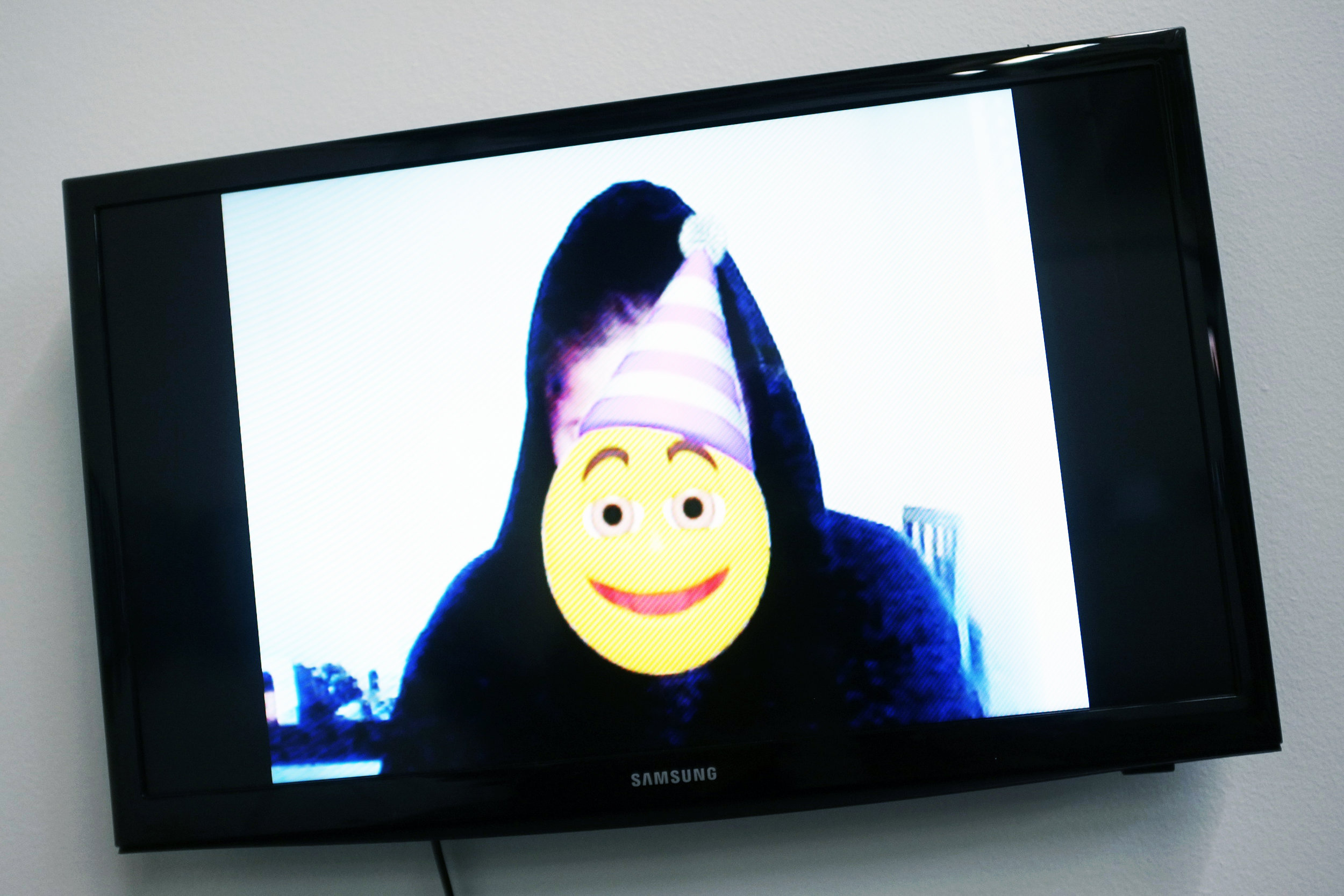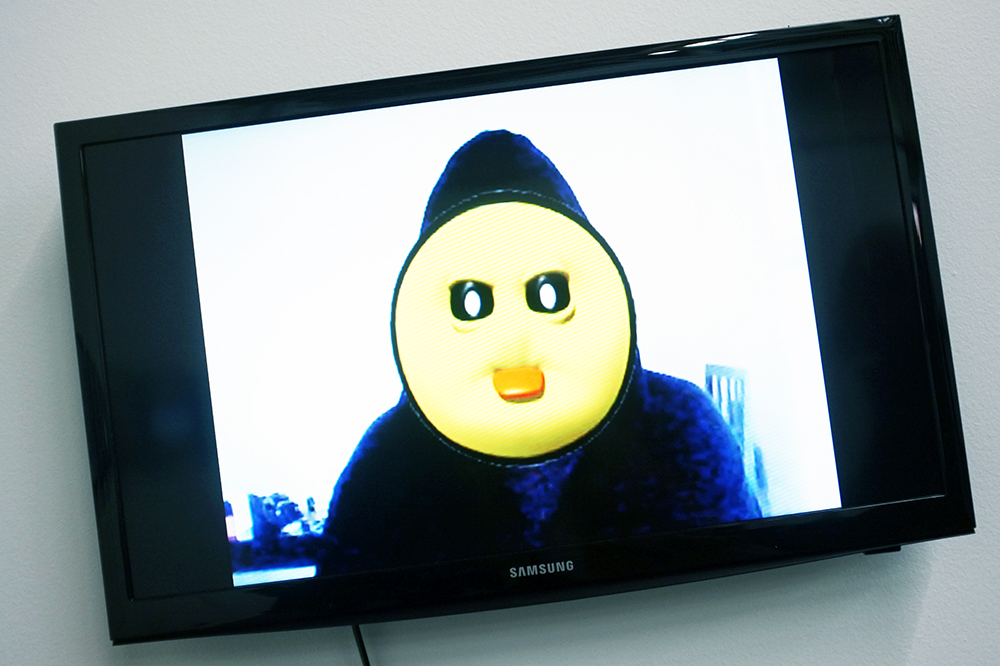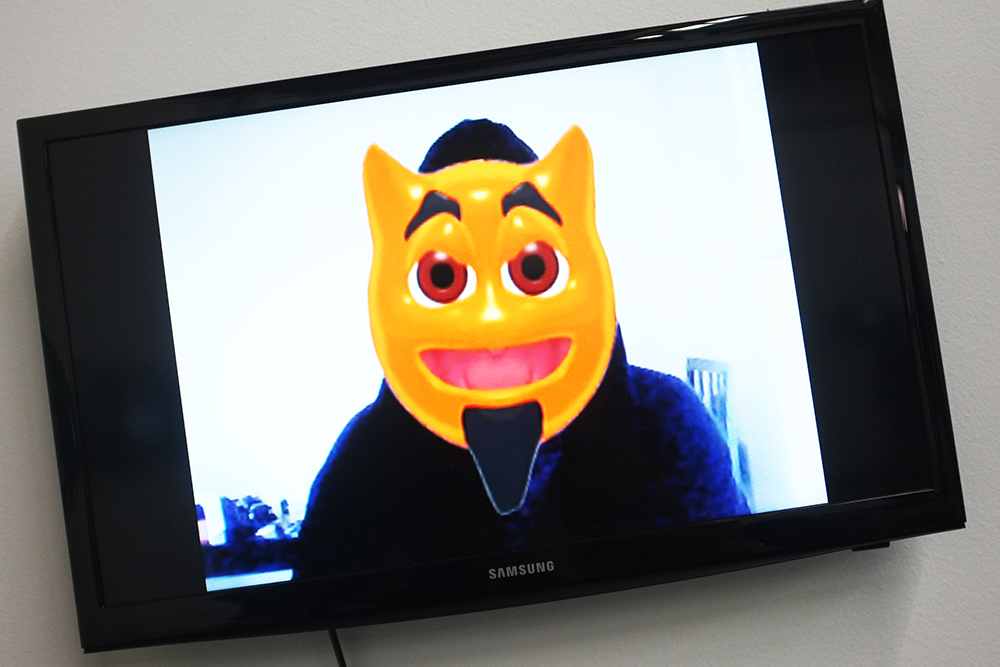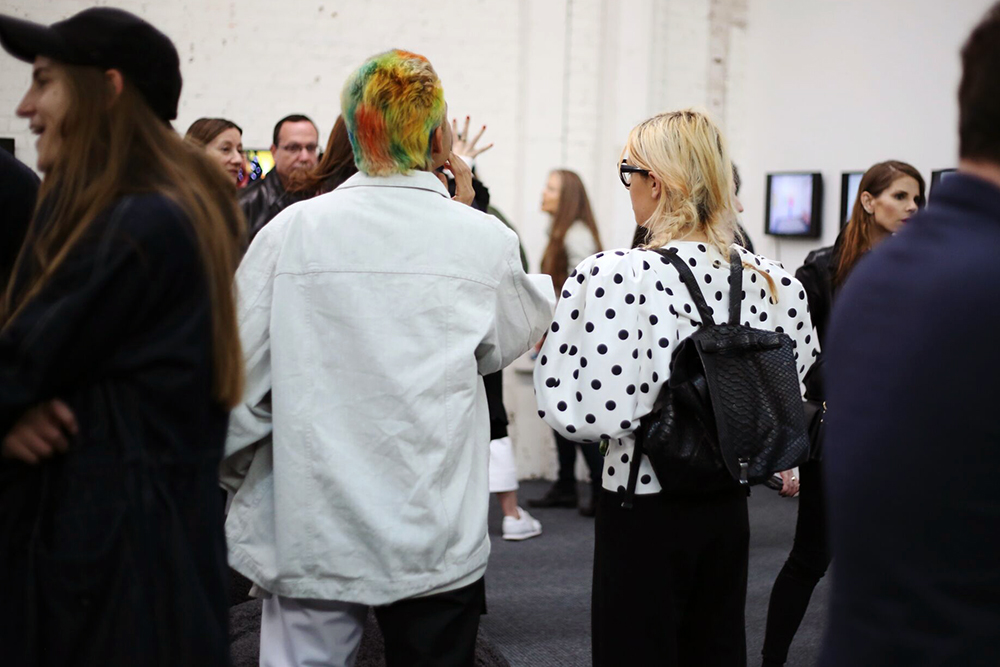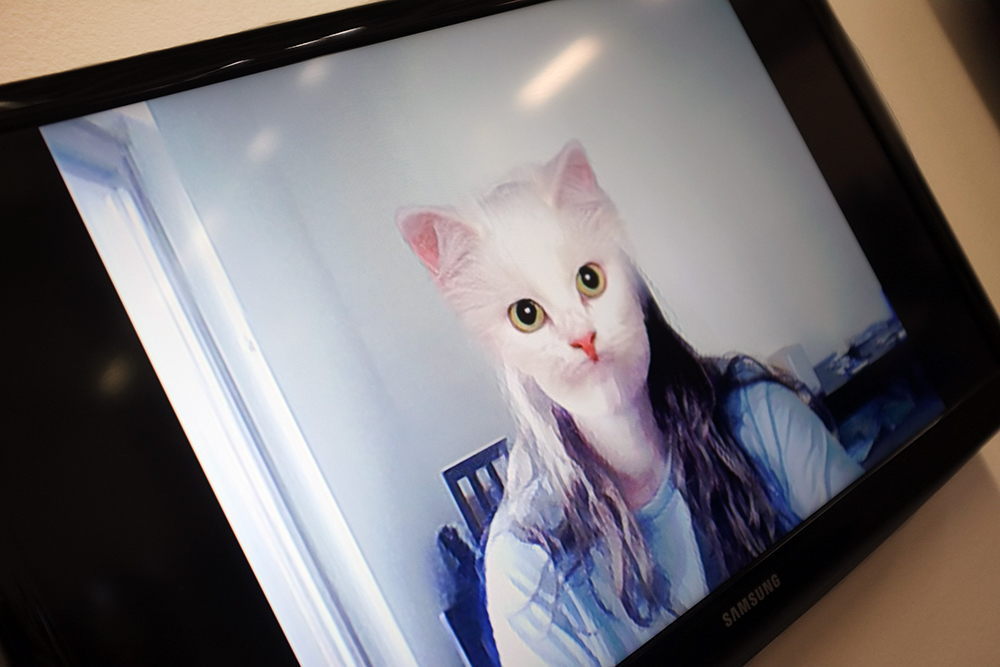Image credit: Benjamin Freedman
text by Karly Quadros
Every morning, I swipe open my phone to check the weather, and there, nestled in the top right of the screen is a little box with one word: memories.
Today, it’s a point five picture of me and two friends lounging in the grass at a music festival (Eliana is a blur, Ashley is caught mid laugh.) Yesterday, it was a picture of my ex from a few years ago welding his motorcycle pipes, sparks flying around his bare torso. My “memories” are clustered, sometimes by vacation (my recent reporting trip to Argentina), sometimes by person (my old roommate Sheila dressed as a table for Halloween), sometimes by arbitrary day (a particularly good estate sale haul followed by a post-tears selfie and a thumbs up.)
Are these my memories?
Canadian artist Benjamin Freedman has been wondering that too. How does technology shape our relationship to the past? It’s something he explores in Positive Illusions, his new photo book – but wait, are they photos? Freedman’s artwork is rooted in the language of photography, but the images themselves are 100% digital, CGI renderings of a 1999 road trip his family took to a coastal cabin in Maine when he was eight. The images are warm and hazy, all telephone wires and glowing TV screens. They’re indebted as much to William Eggleston and Paul Graham as they are to any digital artist. They unfold just like a memory, snapshots of details – ants climbing on a watermelon, bubbles floating in the breeze – all from the slightly shorter, slightly canted perspective of a child taking it all in.
Image credit: Benjamin Freedman
Some of his memories are quintessentially ‘90s. There’s the time they went to Blockbuster and his parents asked the video store clerk if I Know What You Did Last Summer would be too scary (it was.) There were the hours spent playing boardgames like Monopoly and the Game of Life. And then there were the more universal moments: watching telephone poles and McDonalds arches disappear through the car window on the freeway. Or there was the time he got heat stroke on the Fourth of July and watching the fireworks from the cabin window.
Notably, Freedman actually did have evidence of the trip in a form that those who lived through the era are probably most familiar with: grainy handheld video, home movies-style, that his father, a pharmacist by day, photography enthusiast by night, took. One of his early memories from the trip is trying to grab the camera out of his father’s hands and take photos of his own, one of his earliest memories of wanting to be a photographer. He waited until almost completing the project before he looked back over this footage, lovingly archived in the family home by his mother. As with all memories, there were similarities and slippages: a different kind of car, a different room layout.
“Positive Illusions has become more true than the documentation that my father made in some ways because this is how I remember the past, and how we remember the past is core to who we become,” said Freedman.
The whole project creates the sense of safety and wistfulness that only comes from a child being on the brink of adolescence. But it also paints the pictures of a culture on the brink, the last gasp of the pre-digital world.
Image credit: Benjamin Freedman
As one aesthetic influence, Freedman cites the early-CGI graphics of 90s educational tools, a design style affectionately dubbed “utopian scholastic.” Think edutainment programs like Reading Rainbow or the Eyewitness Book series, all computer-generated models of school supplies like pencils, clocks, notebooks, and rulers, erupting and spiraling around nature like animals, clouds, and oceans.
“It was born out of optimism around the Internet, it being this utopian space where we can connect,” said Freedman.
In the ‘90s, at the end of history, there was optimism about interactivity and technological capabilities in the Information Age. Our ability to photograph and access those photographs at the swipe of a fingertip revolutionized the act of memory-making, but it also shortened our attention spans and distorted our senses of truth. With the advent of social media, an internal schism had formed – many began to watch themselves from the outside, preparing to capture the perfect photo, the perfect memory before it had even happened. This is the uncanny place that memory occupies in our digital world.
“When working on the project, I was thinking about illusions, simulation, and memories being these spaces that we haunt, that we visit, that have these moving walls. Uncanny memories are uncanny places,” said Freedman.
For Millennials in particular, nostalgia became a major cultural touchstone (“only ‘90s kids will remember”). It also became an aesthetic anchorpoint. In the early years of Instagram, filters made to look like Polaroids and faded Kodak prints proliferated. These days, hope of returning to a pre-digital innocence is long gone, but nostalgia is still more salient than ever. I find myself scrolling through the archives of my Camera Roll with regularity, literally re-collecting the images of my past (or, at least, the ones I’ve managed or chosen to capture, anyways.) Freedman, who was in a long distance relationship at the time he was making Positive Illusions, says that yearning for a time passed subconsciously suffused his work.
“I was a little bit obsessed with nostalgia, the desire to go back in time, to make different decisions, the naive desire to play with the past,” he said.
The title for Freedman’s book comes from the PhD thesis his mother was working on at the time of that fateful 1999 road trip to Maine. (“I’m sentimental,” he joked, “A mama’s boy.) Freedman recalled the sound of her acrylic nails clacking on the keyboard, her face bathed in the glow of the cabin’s personal computer while she worked, sometimes until midnight. Her work was centered around the psychological concept of “positive illusions,” a form of self-deception. People who score highly for positive illusions remember the past more fondly than when it actually occurred. It’s a distortion, yes, but also one that she found leads to more contentment.
“I think I overwrote some memories,” confessed Freedman. “In the process of making [Positive Illusions] I started to fantasize about a childhood that maybe didn’t happen to me.”
So what do we lose in our technologically guided recollections? What do we gain? Freedman said that, as large language models proliferate and AI continues to unsettle the art world, working on the project allowed him to find some kind of happy medium between tech and art. Barreling into this future, we’d all be happier believing that the past is through with us once and for all. But maybe that’s just an illusion too.
Image credit: Benjamin Freedman






